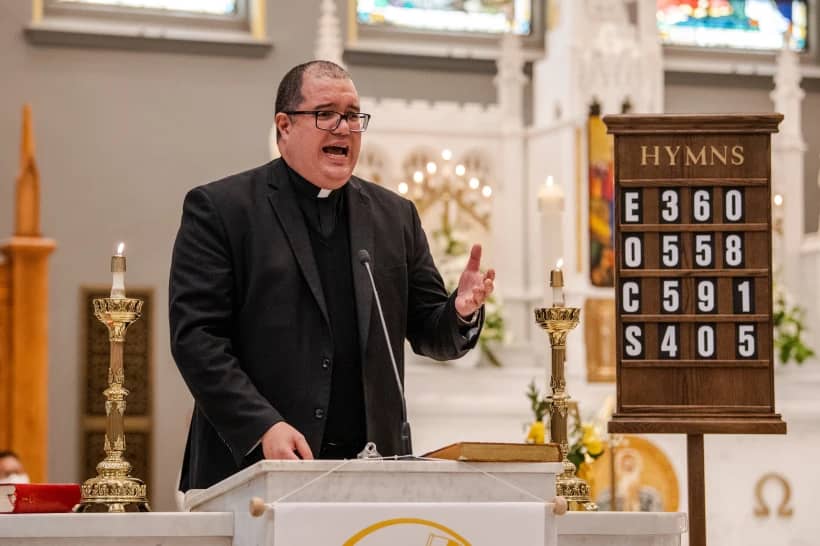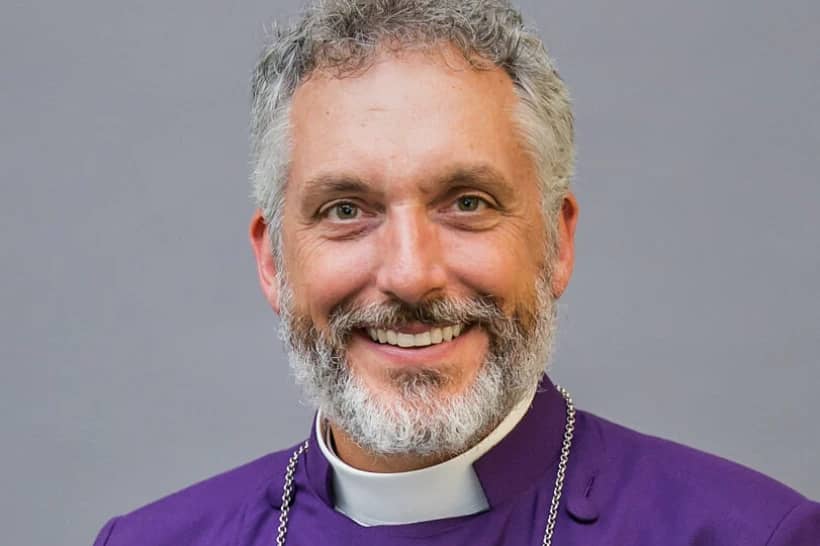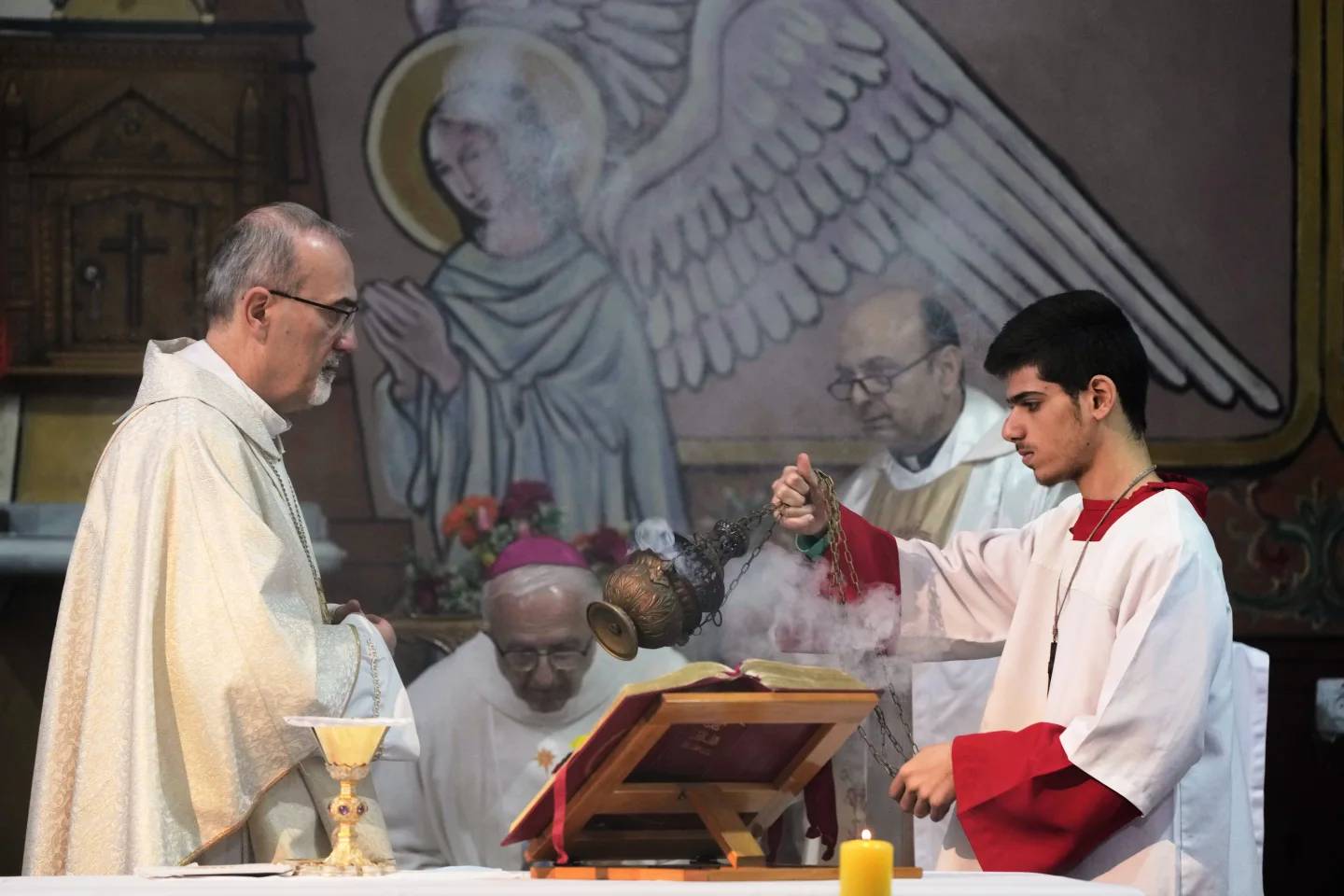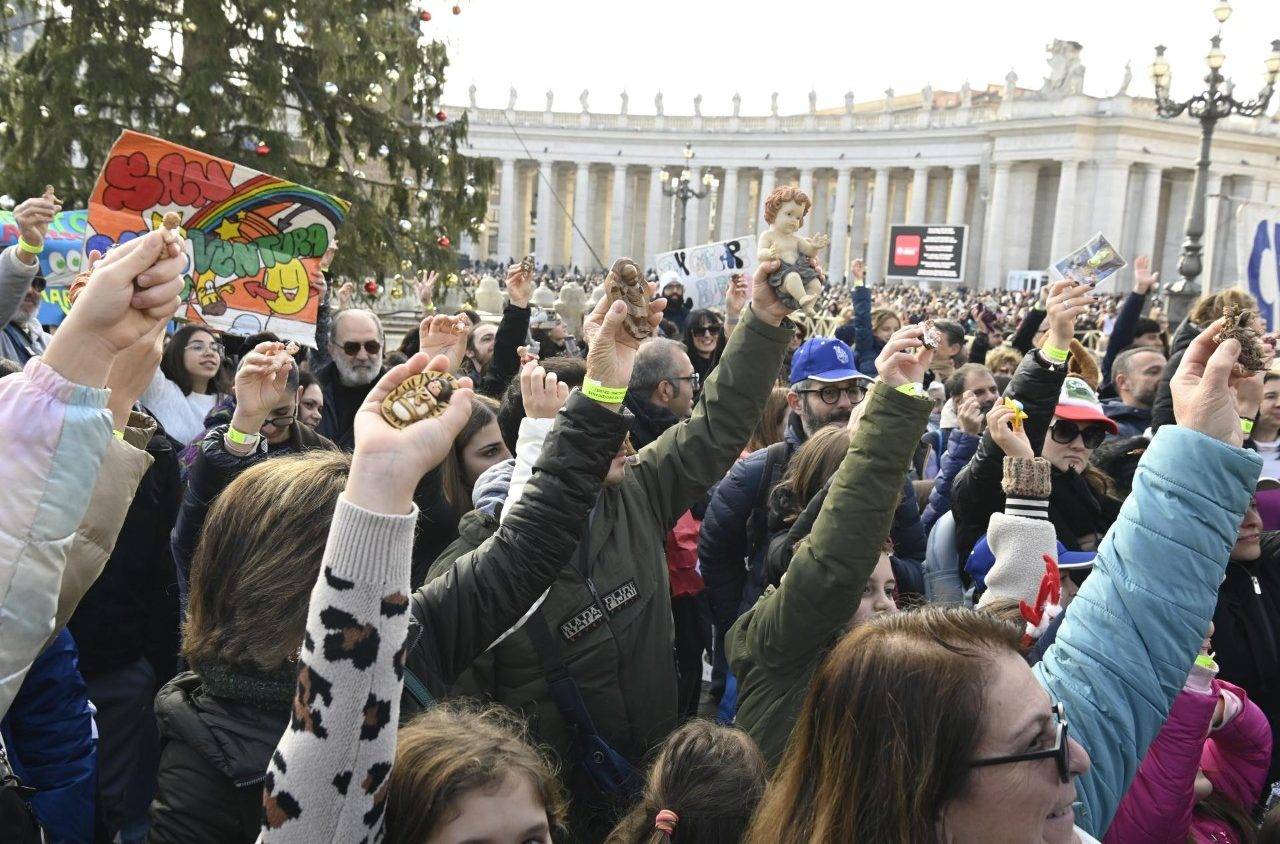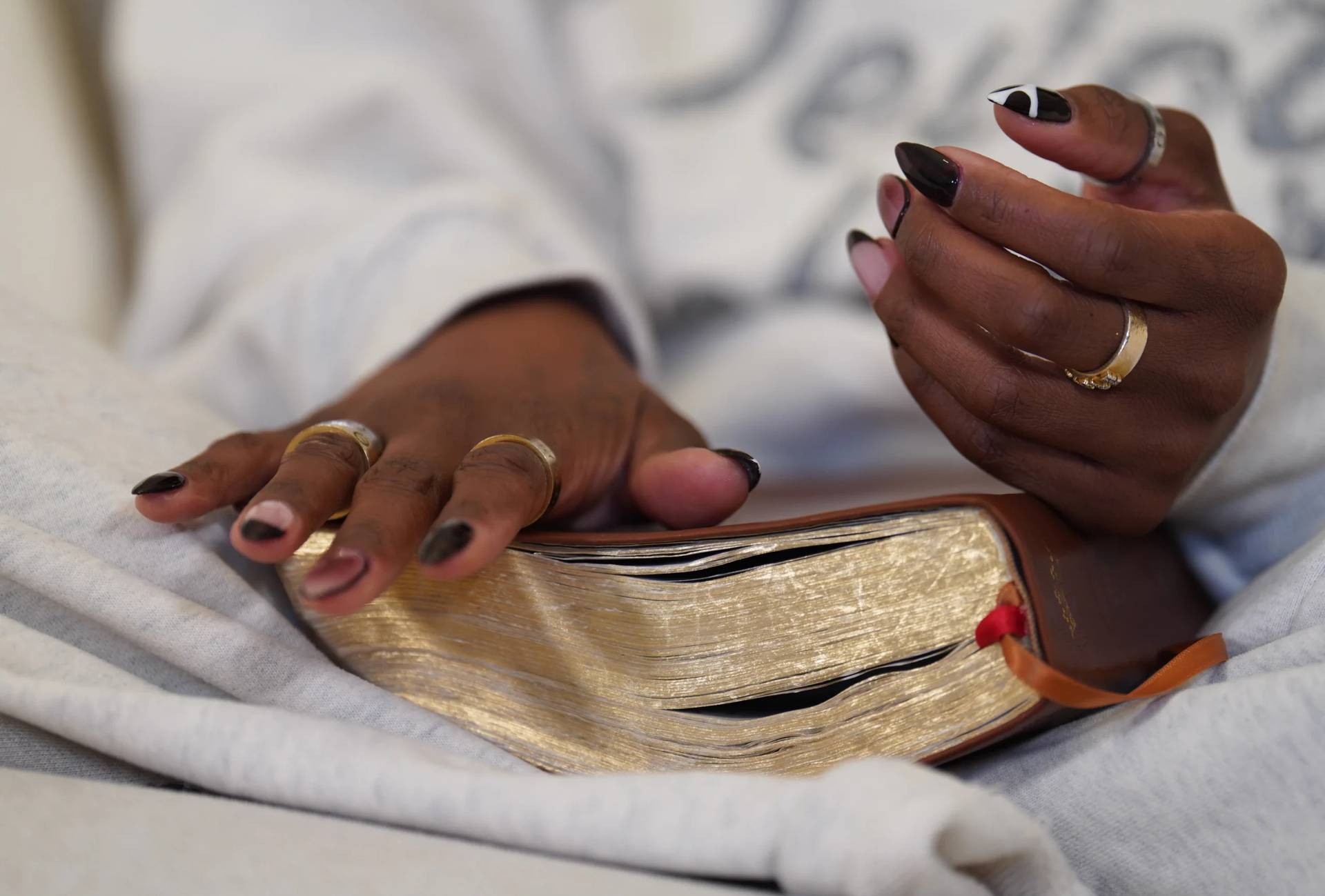[Editor’s note: This is the second of a series on the “villero priests,” a group of close to 40 priests who live and work in Buenos Aires’s slums, exploring their work, their thoughts and the reality of the people living in the shantytowns Pope Francis was known to spend much of his time in when he was the archbishop of Argentina’s capital.]
ROSARIO, Argentina – In 2010, Father Jose Maria “Pepe” di Paola was exiled to Argentina’s northern region, Santiago del Estero, perhaps the country’s poorest state. He was forced to leave his parish, Our Lady of Caacupe, in one of Buenos Aires’s largest slums because drug traffickers were threatening him and his team.
In came Father Lorenzo “Toto” de Vedia, who had been in Villa 20-21 during the late 1990s and knew Di Paola well.
“Pepe during his time was threatened,” de Vedia told Crux. “But what I could have feared in coming back to Caacupe was overcome by the conviction and the commitment to my ministry. I didn’t doubt it. I was offered the chance to come back, and here I am.”
His determination to transfer from the slum he was working in back to Caacupe, meant that the decision wasn’t imposed on him but instead discussed amongst himself, Di Paola and their boss: Cardinal Jorge Mario Bergoglio, archbishop of Buenos Aires, known to the world today as Pope Francis.
“Obedience in the Church, at least in Buenos Aires, began to change with [Cardinal Antonio] Quarracino: it includes a dialogue, so it was a team decision that I was the right person for this slum, with the reality it has” de Vedia said.
Quarracino was Bergoglio’s predecessor in Argentina’s capital.
Almost a decade in, however, the people of the Villa 20-21 haven’t forgotten “Pepe,” as he’s known by everyone in this shantytown. On August 24 the parish will celebrate the “22nd Birthday of the arrival of the Virgin of Caacupe” that was brought from Paraguay. Most of those who live in this slum come from this neighboring country.
The invitation to the celebration, printed in black and white with a regular computer printer, includes a request to bring a flower for the Virgin, “as Pope Francis did when he visited Paraguay. This flower represents a secret promise to the Virgin.” It closes with “Father Pepe will be there.”
“Pepe is an important reference point here,” de Vedia said, with no resentment. “Even though he’s no longer responsible for the parish, he’s always present. The transition was very easy, because we came out ‘from the same kitchen,’ we’re very in tune with one another and have a similar way of understanding life, the slum and the Church.”
The slum, known either by its numbers or as “Caacupe” for the parish, is formed by a network of small houses that resembles a life-size game of Tetris, with one home embedded above the other, glued, superimposed, separated by streets that are rarely paved and that lead the way into a conglomeration of concrete, iron, dangerous looking cables and vertigo-inducing spiral stairs that are not fire-escapes, but the only way to access the homes in the upper floors.
If one goes deep into the slum, moisture penetrates your nostrils and it’s hard to remain unafraid as a cavernous darkness repels even the smallest beam of light.
Despite the oppressive feeling a person often gets when going into this neighborhood – which is not too dissimilar to the other massive slums in Buenos Aires, hosting seven percent of the city’s three million inhabitants – one is welcomed by a sense of joy, one that is hard to find in the up-scale neighborhoods in Argentina’s capital.
In the area where there’s light, children play in the streets, watched over with a hawk-like attitude by mothers, grandmothers and neighbors: Despite the overpopulation of these neighborhoods, “children are our treasure,” a mother at the school run by the Caacupe parish told Crux on Thursday.
De Vedia is not naive when it comes to the challenges the people in his parish face. He doesn’t deny the high crime rates or the drug trafficking – which is why they’ve created the Hogar de Cristo, a home that provides a comprehensive response to drug addicts – nor the high unemployment. The lack of sewers, electricity, schools, health centers and green spaces are things he ticks off when speaking about life in the slum.
“The reality of Villa 20-21 is that it is a huge conglomerate of people with a love for life that is not known,” the priest said. “Much happens here, a lot of positive things are generated in the slum, but the only thing that transcends is what makes noise: Theft, drugs, violence.”
Society, he argued, has a “biased view” of the slums based on prejudices, fears and an ignorance that is partially born from the fact that 20 years ago, when he first got here, those living outside the shantytown didn’t even know it existed.
“Growing up, I used to walk the streets of Buenos Aires with my brother and a map,” de Vedia said. “Eventually, I realized that the huge green part of the map called Almirante Brown park wasn’t a park but the home to several slums.”
For de Vedia, the slums are “full of life that we don’t know how to embrace, an ability to celebrate, a natural solidarity where the mother is the mother of her children and those of the neighbor, where people want to progress and lead a better life, have something to pass on to their children.”
As he noted, those who live in the slum come either from Paraguay or from poorer regions in Argentina’s interior, all of whom moved to the capital looking for better opportunities.
“The slums are made up of people who transformed a space abandoned by society into a habitable place, that still needs many improvements and a bigger presence from the state,” de Vedia said.
“But we also have to say that there is structural poverty, much exclusion, which is what leads many to paco,” he acknowledged. “There are people who lack the opportunities they have in other social sectors.”
Paco is a drug that is having a devastating effect in Argentina’s poor communities. Consisting of cocaine residue, industrial solvents and rat poison, it is sniffed from a plastic bag and, according to the national government, in some slums it’s destroying the life of as many as half of men between the ages of 13 and 30.
Even though the presence of the state today is much more robust than 20 years ago, de Vedia believes it’s completely “unorganized and disordered,” without a clear, long-term plan on how to integrate the slums into the city.
It’s not Marxism, it’s the Gospel
Francis’s vision of a “poor Church for the poor,” which he first spoke about when addressing the journalists who had covered the papal election in 2013, comes up regularly in Crux’s conversation with de Vedia.
His call for putting the human person and not “the god of money” at the center of global finances has led many to label history’s first pope from the global south a communist.
“This concern for the poor is in the Gospel, it’s within the tradition of the Church, it is not an invention of Communism and it must not be turned into an ideology, as has sometimes happened before in the course of history,” Francis said in a book-interview titled Pope Francis: This economy kills.
According to de Vedia, the Church has “a generalized failure” when it comes to caring for the poor: “We have lost our place.”
At least in Buenos Aires, he said, the public university for social workers is filled with pictures of Karl Marx and signs that call the Catholic Church a “dictatorship.”
Yet when he approaches the students, they tell de Vedia that most of them found their calling during missionary trips they took with their Catholic schools to Santiago del Estero or their Saturday morning visits to the slums organized by their parish youth groups when they were teenagers.
“We inspired that vocation, but then we stopped ministering to them, so we lost them,” the priest pointed out. “So today you see them with the green scarf (which represents abortion) and calling for the division of church and state: To them, working with the poor, which was originally inspired in them by the Gospel, has become a left-wing attitude that Marx invented.”
Those who believe the slum priests – a movement of close to 40 priests who live and minister in Buenos Aires’s shanty towns – to be Marxist, according to de Vedia, “have no experience of community, of working with the poor and not just for them. They have a liberal vision of philanthropy: Here I am, looking over you who live in the streets, giving you a blanket and a warm meal. They believe to be superior to the poor. But blessed are the poor says the Gospel.”
De Vedia also notes that the election of Francis has led to a broader understanding of what the slum priests do, with more respect and appreciation for the work the Catholic Church does with the poorest.
In the case of the curas villeros, he also acknowledges that the choice of Bergoglio as Archbishop of Buenos Aires, together with the rise of Di Paola as the natural leader of the group, helped them integrate more fully into the life of the Church, as before then they would often look at the hierarchy with suspicion.
“We have a style of a Church that is more open, closer to the people, that doesn’t make so many demands or too many requirements, which in the end I believe is the direction Bergoglio is leading the Universal Church towards,” de Vedia said. “I often say that Bergoglio didn’t invent that poor church for the poor, but instead embodied it: He is a son of that church, and he contributed to make it grow, transcend.”
“That poor church for the poor already existed in the slums, and surely in other communities of Latin America, so that pastoral conversion the pope is inspiring is not new for us,” de Vedia said.
Challenging those who claim it means “watered down doctrine,” he adds: “Jesus became incarnate to be closer to the people and the realities of each person at the time. The Catholic faith is the Catholic faith, and it’s rooted in believing that Christ is in the tabernacle, and that he’s there for all of us.”
Follow Inés San Martín on Twitter: @inesanma
________________________________________________
Crux is dedicated to smart, wired and independent reporting on the Vatican and worldwide Catholic Church. That kind of reporting doesn’t come cheap, and we need your support. You can help Crux by giving a small amount monthly, or with a onetime gift. Please remember, Crux is a for-profit organization, so contributions are not tax-deductible.








